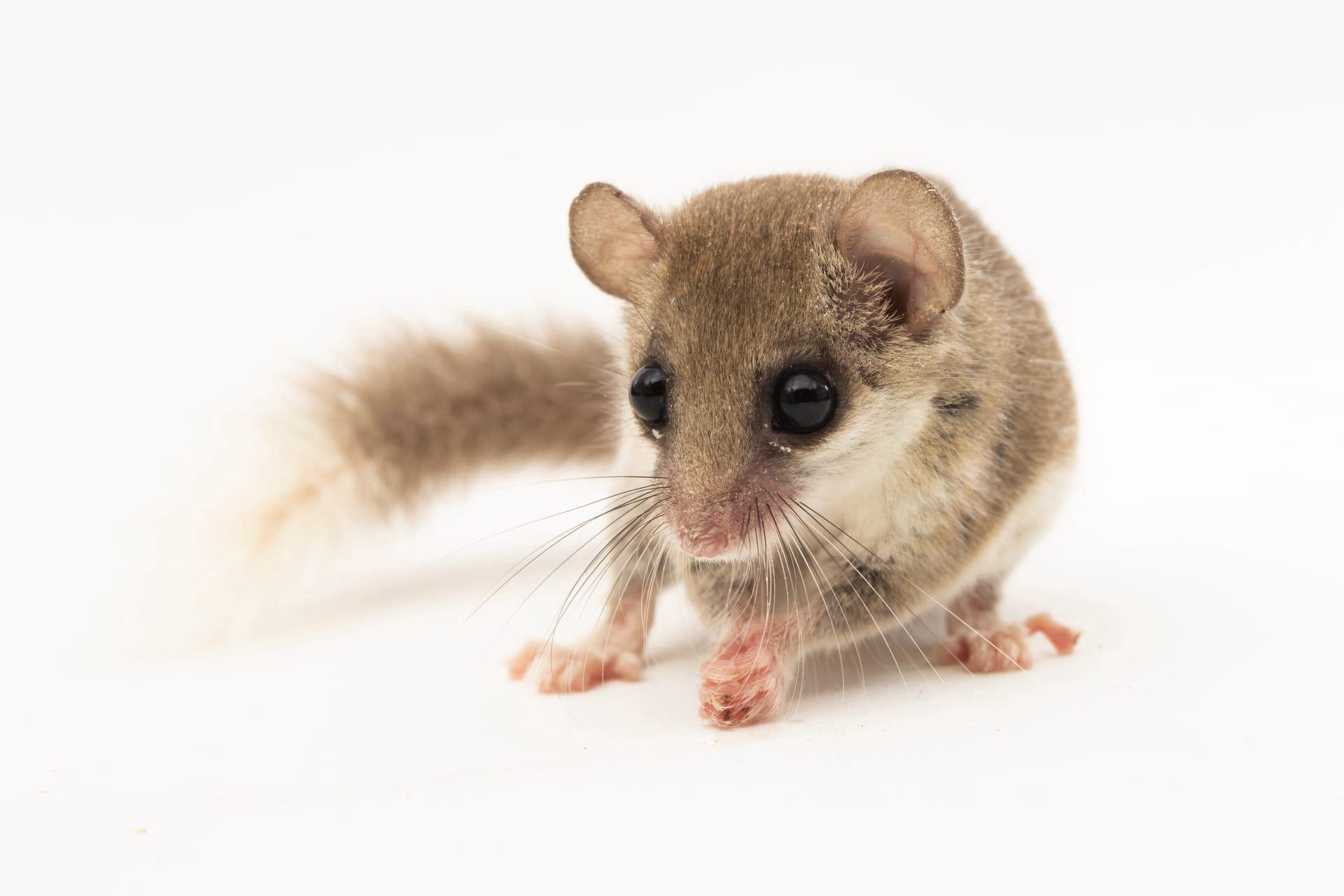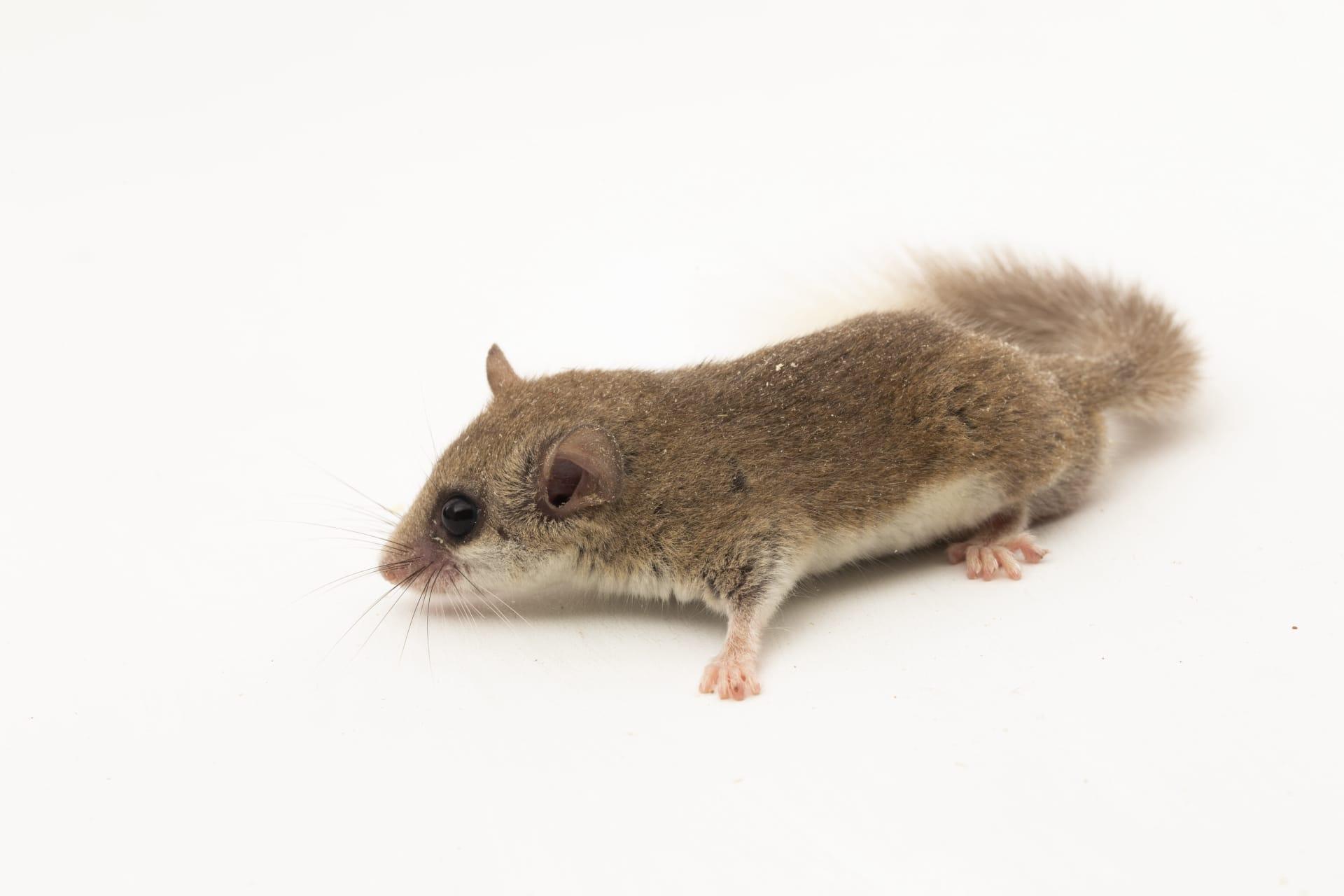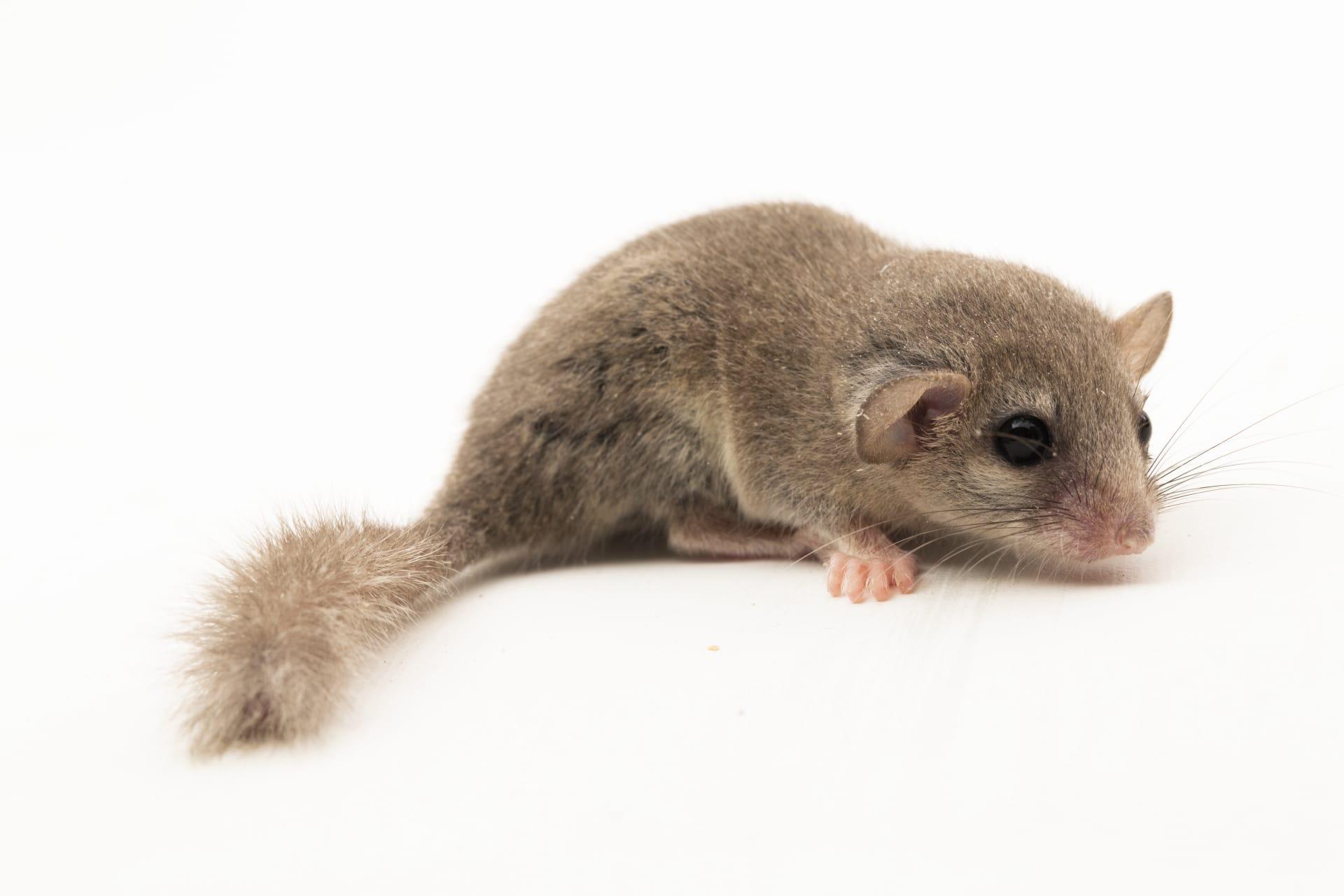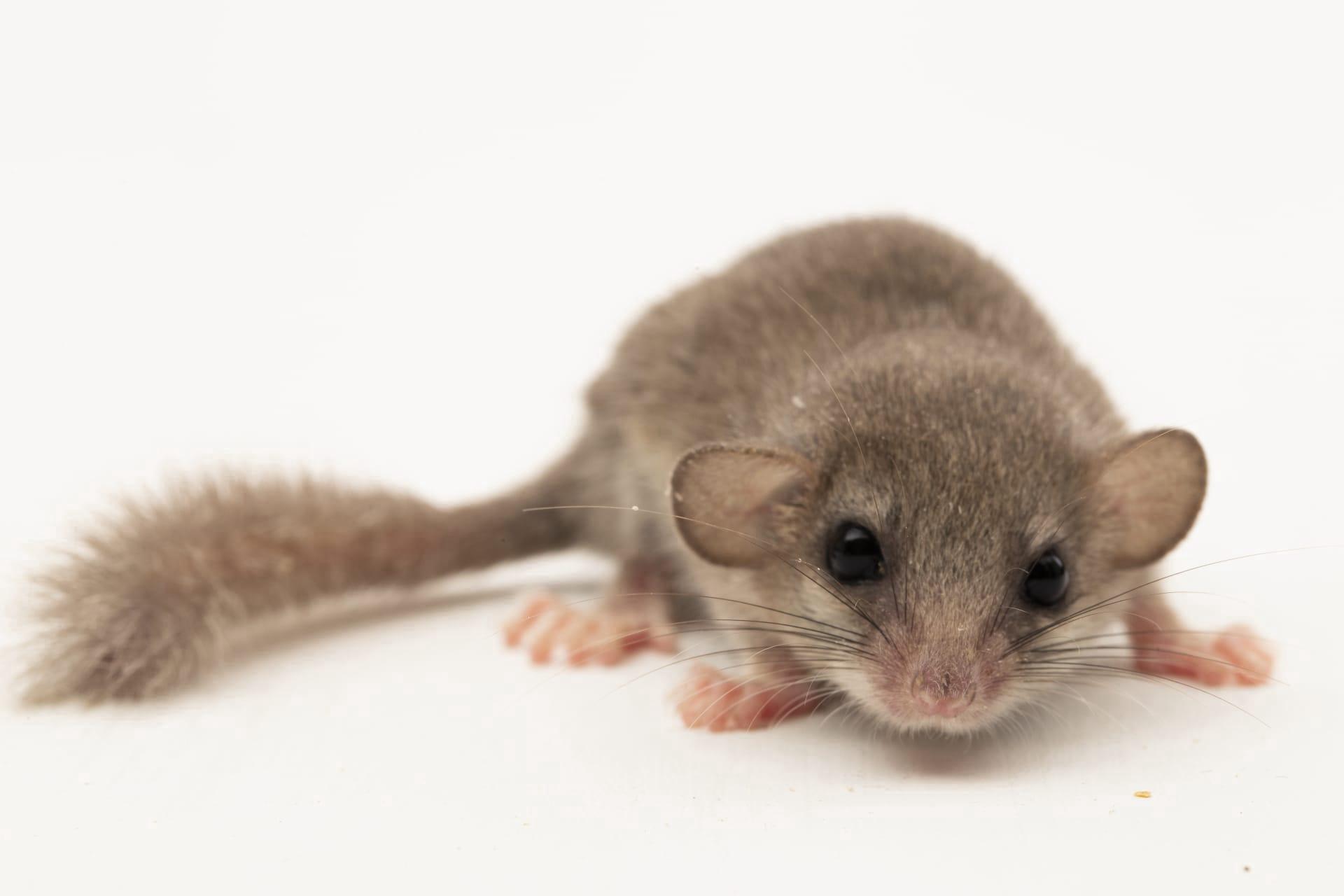1
Dormice, known for their charming appearance, have a unique hibernation habit. Unlike many mammals, dormice can hibernate for up to half a year, depending on the climate. During this period, their body temperature drops significantly to conserve energy, aligning closely with the ambient temperature. This prolonged hibernation is vital for their survival, as it helps them avoid harsh winter conditions and food scarcity.
Another interesting aspect of dormice is their diet, which varies significantly between species. Some are omnivorous, feeding on a mix of fruits, nuts, insects, and even small birds. However, the Hazel dormouse, a common species in Europe, primarily feeds on hazelnuts, pollen, berries, and occasionally insects. Their diet changes with the seasons, reflecting the availability of different food sources in their habitat.

2
Dormice have adapted remarkable climbing skills, especially in tree-dwelling species. Their strong, grasping feet and a tail that's almost as long as their body aid in navigating through trees and bushes with agility. This tail, which can measure up to 75% of their body length, provides balance and grip while moving among branches, a crucial adaptation for arboreal life.
These small mammals are also known for their significant impact on the ecosystem. By dispersing seeds and pollinating flowers, they play a crucial role in maintaining the health and diversity of their habitats. This is particularly true for the Hazel dormouse, which contributes to the spread of hazelnut trees and other plants, enhancing forest regeneration and biodiversity.

3
Dormice are characterized by their long periods of dormancy, not just in winter but also during other times of the year. They can enter a state called 'torpor' to conserve energy when food is scarce or weather conditions are unfavorable. During torpor, their metabolic rate drops, and they may remain inactive for several days to weeks, depending on the environmental conditions.
Interestingly, the lifespan of dormice is quite long compared to other small mammals. In the wild, they can live up to 5 years, a notable duration for their size. This longevity is partly attributed to their hibernation and torpor strategies, which reduce metabolic wear and tear and protect them from predators during vulnerable periods.

4
Communication among dormice is another fascinating aspect. They use a variety of vocalizations and scents to communicate with each other. These vocalizations include high-pitched squeaks, particularly during the mating season or when under threat. Scent marking is also crucial for territorial claims and during the mating season to attract partners.
The breeding habits of dormice are also unique. They usually breed once or twice a year, mostly in summer. The gestation period lasts about 22 to 24 days, leading to the birth of 3 to 7 offspring. These offspring are born blind and furless, relying completely on their mother for warmth and nutrition until they are well enough to venture outside the nest.

5
Dormice have an exceptional ability to regulate their body weight. Before hibernation, they undergo a phase of rapid weight gain, almost doubling their body weight. This extra weight, stored as fat, is crucial for surviving the winter without eating. Their weight fluctuates dramatically throughout the year, depending on their hibernation cycle and food availability.
Dormice have been a part of human culture and folklore for centuries. In ancient Rome, they were considered delicacies and kept in terracotta pots known as "glirariums" for fattening. Today, they are often featured in literature and art, symbolizing sleep and hibernation due to their lengthy dormancy periods, making them a subject of fascination and myth.